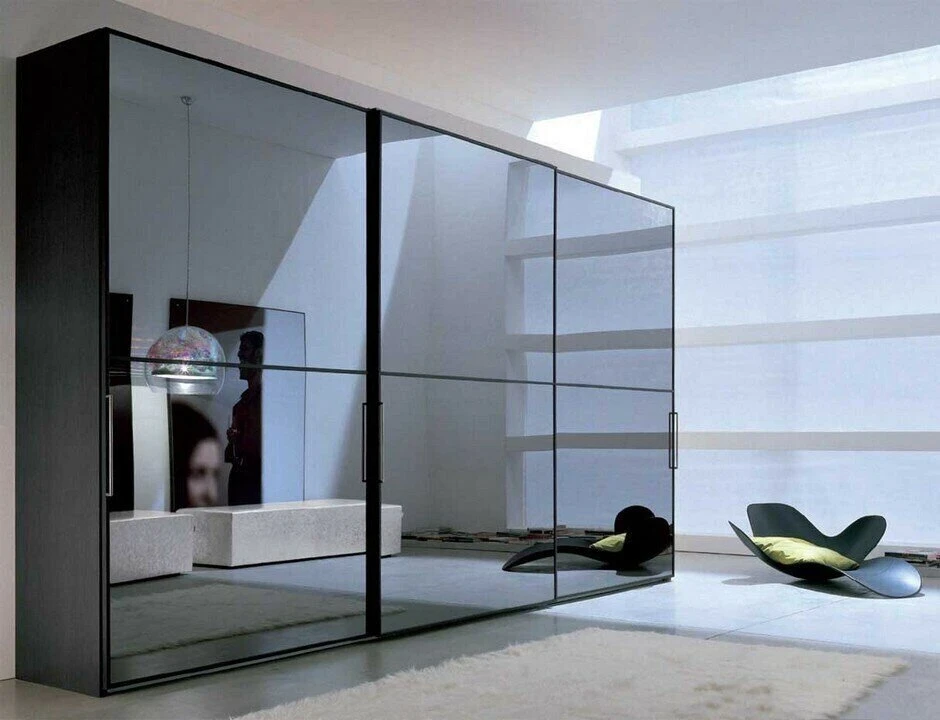

The Allure of Frosted Glass A Transparent Transformation
Frosted glass is an exquisite material that has gained immense popularity across various design and architectural domains. With its unique ability to balance light and privacy, it serves as a versatile element in both residential and commercial spaces. This article explores the aesthetic and functional appeal of frosted glass, discussing its applications, benefits, and how it can enhance living environments.
Frosted glass is typically created through a process of sandblasting, acid etching, or applying a special film, which gives the glass its characteristic translucent appearance. This process allows light to permeate the material while obscuring visibility, providing an elegant solution for spaces that require both brightness and privacy. In essence, frosted glass acts as a subtle barrier, filtering harsh light while ensuring that those inside can still enjoy a well-lit environment.
The Allure of Frosted Glass A Transparent Transformation
Similarly, frosted glass is increasingly incorporated into office environments. In modern workplaces, maintaining an open, airy feel while ensuring privacy is essential for productivity and comfort. Frosted glass partitions can separate meeting rooms or collaborative spaces without making the environment feel closed off. They provide a stylish solution that supports clear communication while allowing light to flow freely throughout the office.

Moreover, the benefits of frosted glass extend beyond transparency and design. It is an excellent material for energy efficiency. The translucent quality of frosted glass helps in diffusing sunlight, thereby reducing glare and improving thermal comfort indoors. By softening the intensity of direct sunlight, frosted glass can minimize reliance on artificial lighting during the day, leading to lower energy consumption.
Apart from its energy-efficient properties, frosted glass is also incredibly durable and easy to maintain. Unlike traditional sheer curtains or blinds, which may require regular washing or replacement, frosted glass retains its clarity and aesthetic appeal with minimal upkeep. A simple wipe with a glass cleaner is enough to keep it looking pristine, and it is resistant to fading and wear over time.
Creatively, frosted glass can be utilized not just as a functional element but also as a centerpiece. The material can be customized in a variety of ways—ranging from etched designs to colored frost finishes, allowing it to complement various design themes. For instance, geometric patterns or floral motifs can add a personal touch, making frosted glass a statement piece in interior aesthetics.
In addition to its traditional uses, frosted glass is making its mark in furniture design. It can be found in coffee tables, cabinets, and shelving units, where it adds a modern twist and an airy feel. A frosted glass tabletop, for example, can elevate a dining area, providing a chic surface that is both practical and visually appealing.
In conclusion, frosted glass is an embodiment of versatility, marrying form and function. Its ability to enhance privacy while allowing natural light to filter through makes it an ideal choice for modern living and working spaces. As we continue to embrace open and light-filled environments, the allure of frosted glass remains undeniable, offering a transparent transformation that elevates the everyday experience. Whether in homes or offices, frosted glass continues to prove its value as a staple in contemporary design.